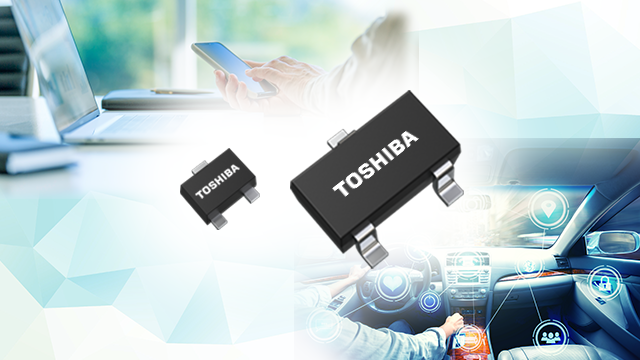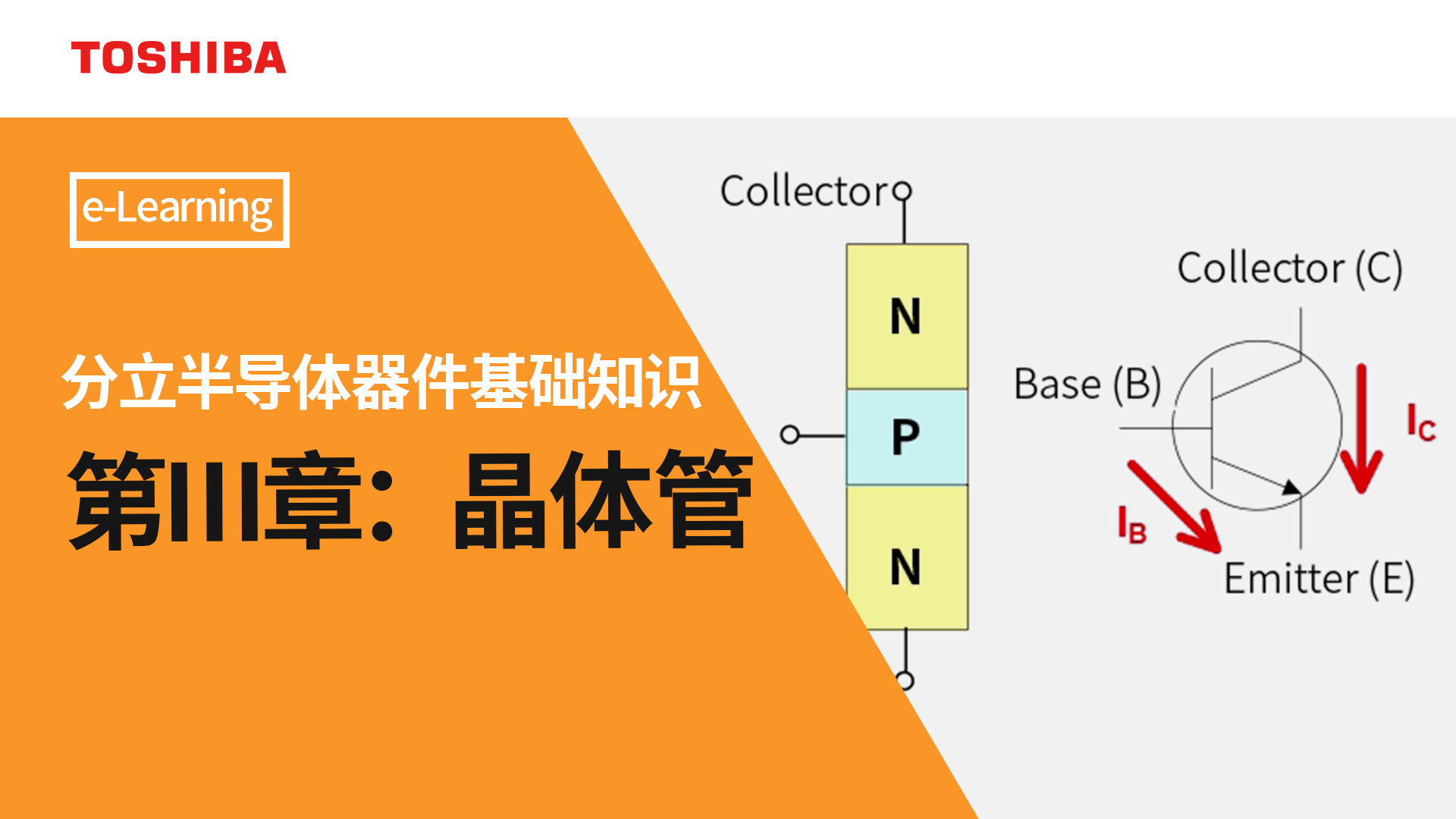- 型号 & 关键词搜索
- 交叉搜索
- 参数搜索
- 库存查询与购买
This webpage doesn't work with Internet Explorer. Please use the latest version of Google Chrome, Microsoft Edge, Mozilla Firefox or Safari.
请输入3个以上字符 Search for multiple part numbers fromhere.
The information presented in this cross reference is based on TOSHIBA's selection criteria and should be treated as a suggestion only. Please carefully review the latest versions of all relevant information on the TOSHIBA products, including without limitation data sheets and validate all operating parameters of the TOSHIBA products to ensure that the suggested TOSHIBA products are truly compatible with your design and application.Please note that this cross reference is based on TOSHIBA's estimate of compatibility with other manufacturers' products, based on other manufacturers' published data, at the time the data was collected.TOSHIBA is not responsible for any incorrect or incomplete information. Information is subject to change at any time without notice.
请输入3个以上字符
双极结型晶体管(BJT)有哪些应用?
近年来,MOSFET的使用比双极结型晶体管(BJT)更频繁。 这是因为MOSFET通常不需要驱动电流并且易于操作。然而,BJT用于放大器、振荡器、低电压开关等。
这是因为BJT具有更高的增益(hFE)*、更好的线性度、更好的1/f噪声,并且可以通过在基极和发射极之间施加约0.7 V的电压来导通。 此外,由于BJT具有高抗静电(ESD)能力,因此有时会在干扰较大的环境中使用。
使用BJT的示例电路如下所示。
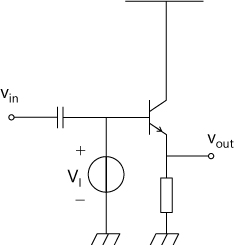
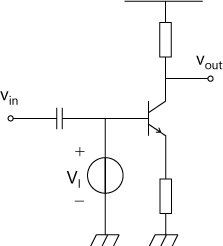
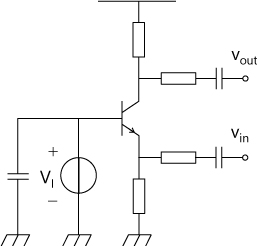

*hFE随集电极-发射极电压而变化,具体取决于外部电路。
关于hFE的说明,另见常见问题(FAQ):“双极晶体管(BJT)的基极电流和集电极电流之间有什么关系?”
相关信息
以下文档也包含相关信息:


